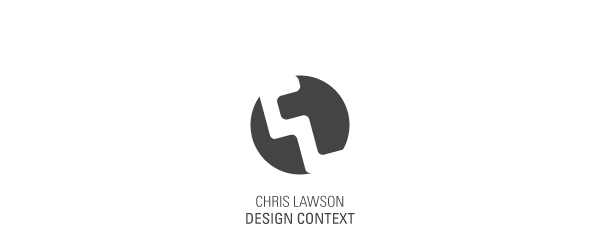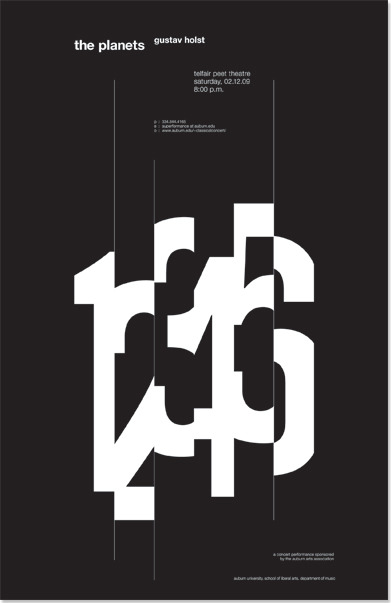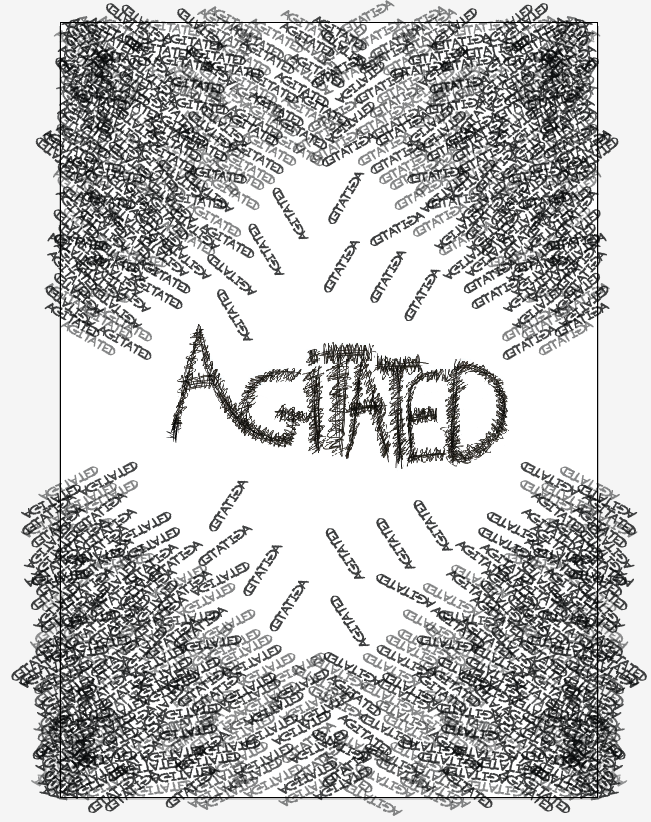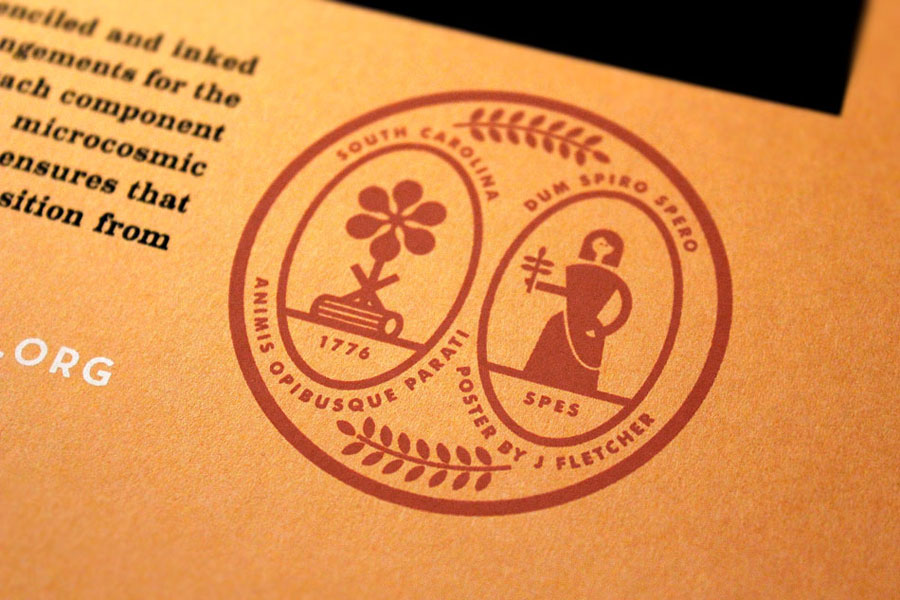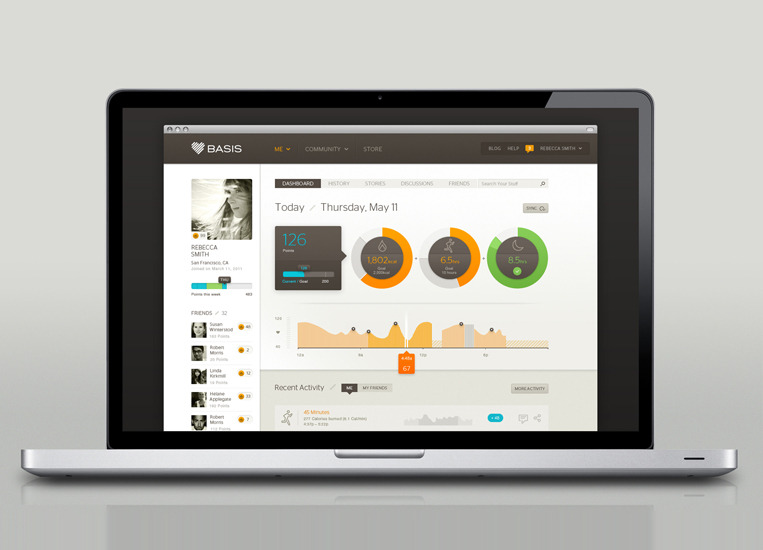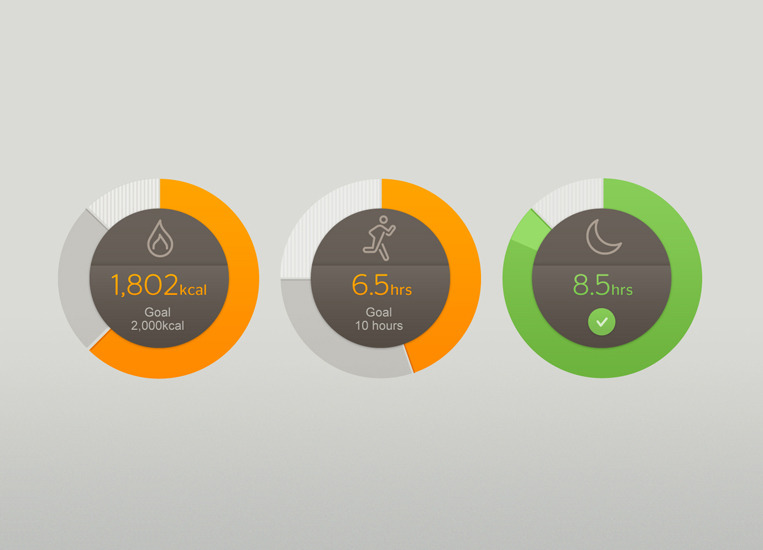The whole publication follows a simple colour scheme - red, black & stock (excluding pictures). The information is displayed clearly, with bold text and complementing white space. There are spreads designed to break the content up, such as the picture and quote, to allow the content to breathe and to keep the reader interested.
---
This is the prospectus for Leeds College of Art 2010-11. Simple devices such as colour coding Higher and Further education for separation and the use of photography help to freshen the page up and prevent it from being a dull, type driven, informative piece of design. The photography also helps to back up the message the text is putting across.
---
This is a catalogue for the eyewear company 'dunhill'. The front and back of the publication is very clean, is printed in a high quality and looks incredibly professional. It's amazing that a publication can communicate an idea of wealth through it's design - it looks to be aimed at a demographic that can afford designer items, such as wealthy business men.
Again, the whole editorial work is broken down with carefully considered photographs, to give the whole booklet life and to maintain interest. It also helps to solidify this idea of wealth.
---
